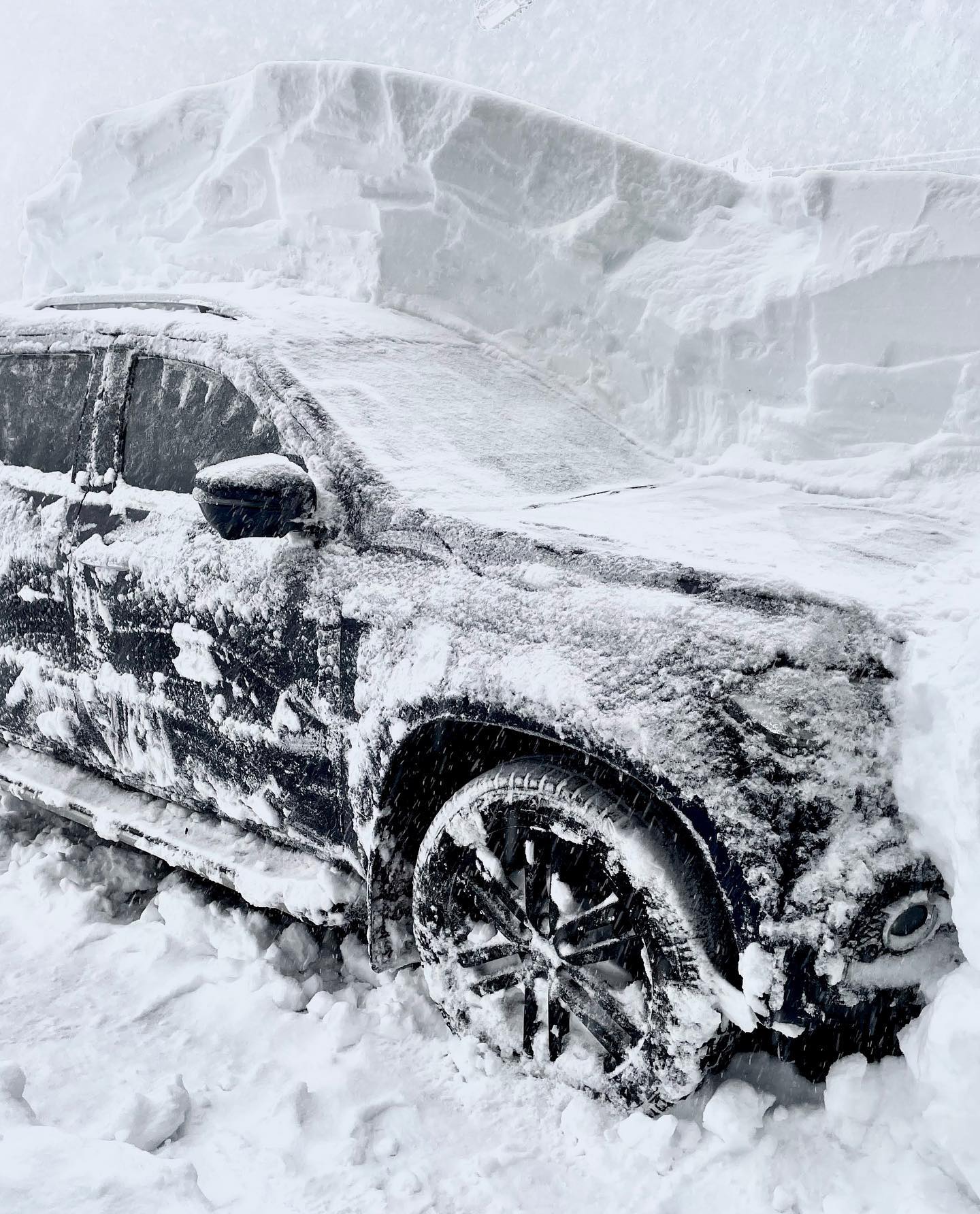Experience the Charm of Snow In Australia with Stunning Alpine Views and Renowned Ski Resorts
Experience the Charm of Snow In Australia with Stunning Alpine Views and Renowned Ski Resorts
Blog Article
Discover the Interesting Effects of Snow in Australia on Neighborhood Environments
In spite of its reputation for sun-soaked landscapes, Australia also boasts regions buried by snow-- a phenomenon that profoundly affects the country's special communities. The insulating properties of snows safeguard flora and fauna amidst the chilliest winters months, while the melting snow nurtures rivers and marine life. The real marvel lies in exactly how these frosty conditions shape the country's biodiversity and nutrient cycles. As we decipher this elaborate connection, we discover ourselves walking on undiscovered premises in Australia's high nation.
The Unexpected Regions of Snowfall in Australia
The high country regions of New South Wales, Victoria, and Tasmania are especially known for their winter snow. The Snowy Mountains in NSW, for instance, get abundant seasonal snow, supplying a plain comparison to the country's common hot, dry climate. The existence of snow in these regions significantly influences neighborhood communities, ultimately influencing the country's distinct biodiversity.

Just How Snow Impacts Australia's Special Plants
While it may appear unusual, snowfall in Australia plays a vital role fit the nation's unique vegetation. The snow-filled winters foster durability in Australian plant species. This is particularly evident in the towering and sub-alpine regions, where snow gum tissues and mountain plum-pines grow. These plants have actually progressed to make it through in severe problems, with snow acting as a protective covering from freezing temperatures and severe winds. The snow also adds to the wetness content of the soil, providing required hydration for plant life throughout the completely dry summertime. Essentially, the snow affects the timing of blooming and seed dispersal, the development prices, and the survival of several plant varieties, showcasing the intricate interplay between environment and flora in Australia.

The Adaptations of Australian Animal to Snowfall
Equally as Australia's vegetation has actually adapted to the wintery problems, the neighborhood animals as well, display remarkable adaptations to the snowfall. Types like the Hill Pygmy-possum, the only Australian marsupial recognized to hibernate, have actually developed approaches to make it through in snowy settings. It makes use of the snow as insulation, hibernating in rock crevices underneath the snow to remain warm. In a similar way, the Snow Skink, a types of lizard, alters its colour to white during winter, giving camouflage versus predators. Birds such as the Snowy Mountains' Crimson Rosella also change their diets to take in offered food sources during chillier durations. Hence, despite the rough conditions, Australian fauna demonstrates a resistant and adaptive nature, ensuring their survival in areas experiencing snowfall.
The Role of Snow fit Neighborhood Environments
In shaping the neighborhood ecosystems, the role of snow in Australia is both profound and multilayered. Snow gives an essential water source, feeding rivers and storage tanks as it melts, hence sustaining a selection of water life types. The visibility of snow shapes the plant life patterns, animal habits, and total sustainability of Australia's one-of-a-kind communities.

The Future of Snowfall in Australia: Ramifications and forecasts

Provided the critical function snow plays fit regional communities, the future of snowfall in Australia is drawing boosting focus from environmentalists and researchers. Present environment versions predict a substantial reduction in snowfall because of global warming, with potentially extensive effect on local ecosystems. Much less snow can lead to minimized water availability in towering regions, detrimentally impacting wildlife environments and plant life. Furthermore, it can modify the timing of seasonal changes, interrupting the life cycles of lots of native types. The tourism industry, greatly reliant on the winter snow season, might also go to this site deal with substantial challenges. Recognizing these predictions and their effects is crucial to develop efficient preservation approaches, making sure the conservation of Australia's special biodiversity and the sustainability of its economy.
Verdict
The duty of snow in Australia's communities is essential yet typically overlooked. It serves as a guard, a nurturer, and a shaper of varied alpine species, adding to the richness of Australia's high nation. As climatic patterns remain to change, comprehending the implications and possible transformations of these snow-influenced communities is crucial. Therefore, the snow in Australia is greater than a natural you can try these out spectacle; it's an important player in the nation's ecological story.
Despite its reputation for sun-soaked landscapes, Australia likewise flaunts regions blanketed by snow-- a phenomenon that greatly affects the country's special ecosystems. It utilizes the snow as insulation, hibernating in rock gaps underneath the snow to stay warm - Does Australia Get Snow.In forming the neighborhood environments, the function of snow in Australia is both multilayered and profound. The existence of snow shapes the plant life patterns, animal actions, and general sustainability of Australia's unique ecosystems
Offered the important duty snow plays in shaping neighborhood environments, the future of company website snowfall in Australia is attracting enhancing attention from environmentalists and scientists.
Report this page